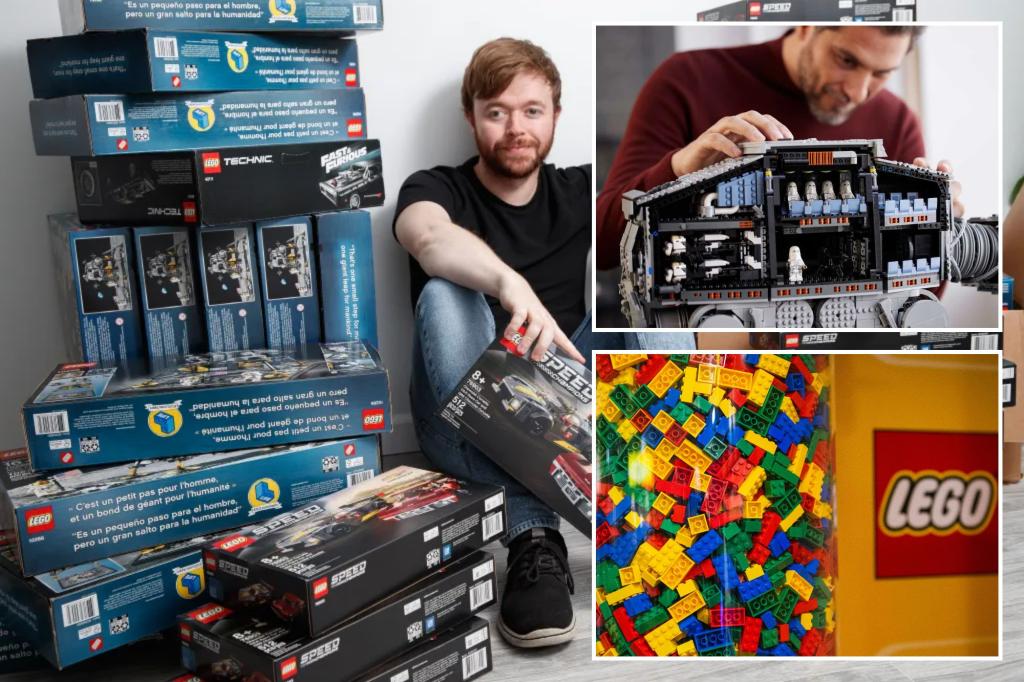Shane O’Farrell, a 35-year-old from Teaneck, New Jersey, initially started buying and selling Lego sets as a way to reconnect with his childhood in Ireland. However, when he realized the lucrative potential of the Lego market, he quickly jumped into buying and flipping sets online. O’Farrell saw returns as high as $500,000 in just two years, proving that investing in Lego can be a profitable venture, with some sets appreciating by 400% in just a year and a half.
O’Farrell recommends keeping an eye on Lego trends, retirement schedules, and the scarcity of certain sets to determine which ones are likely to increase in value. Collectible minifigures and sets that are exclusive or have a limited quantity are particularly valuable on the resale market. Despite the popularity of collaborations with major franchises like “Star Wars,” O’Farrell suggests that scarcity is the key to driving up prices.
David G, a freelance videographer based in Chicago, also found success in the Lego resale market, selling $20,000 worth of sets throughout his career. He compares investing in Lego to running a wine cellar, storing products today to sell at a higher price in the future. However, he warns that not all sets appreciate at the same rate, and skills and knowledge are required to make a profit in this market.
While the Lego resale market has seen significant growth, particularly among adult collectors, including Gen Zers and millennials, there are risks involved. Timing, pricing, and selecting the right sets are crucial factors in maximizing profits. Despite the potential to earn high returns, there is a level of uncertainty and challenges in navigating the Lego economy. O’Farrell and DG both emphasize the need for patience and a long-term investment strategy to succeed.
Investing in Lego sets can be a way to combine nostalgia with financial gains, as seen in the experiences of O’Farrell, David G, and other enthusiasts. With the growing popularity of adult toy demand and the consistent value appreciation of certain Lego sets, more individuals are exploring this unique investment opportunity. For those looking to start investing in Legos, understanding market trends, supply and demand dynamics, and having a long-term perspective can be key to building a profitable Lego portfolio.
In a world where Lego has become the most valuable toy brand, it is no wonder that more people are turning to plastic bricks as a form of investment. With the right approach, timing, and patience, individuals like Jonny Cangemi see the potential to grow their bank accounts while enjoying the creative process of building and collecting Lego sets. As the Lego economy continues to expand and evolve, the market offers a mix of challenges, opportunities, and potential rewards for those willing to explore the world of plastic bricks as an investment asset.


